I'm using the OkHttp library for a new project and am impressed with its ease of use. I now have a need to use Basic Authentication. Unfortunately, there is a dearth of working sample code. I'm seeking an example of how to pass username / password credentials to the OkAuthenticator when an HTTP 401 header is encountered. I viewed this answer:
Retrofit POST request w/ Basic HTTP Authentication: "Cannot retry streamed HTTP body"
but it didn't get me too far. The samples on the OkHttp github repo didn't feature an authentication-based sample either. Does anyone have a gist or other code sample to get me pointed in the right direction? Thanks for your assistance!
